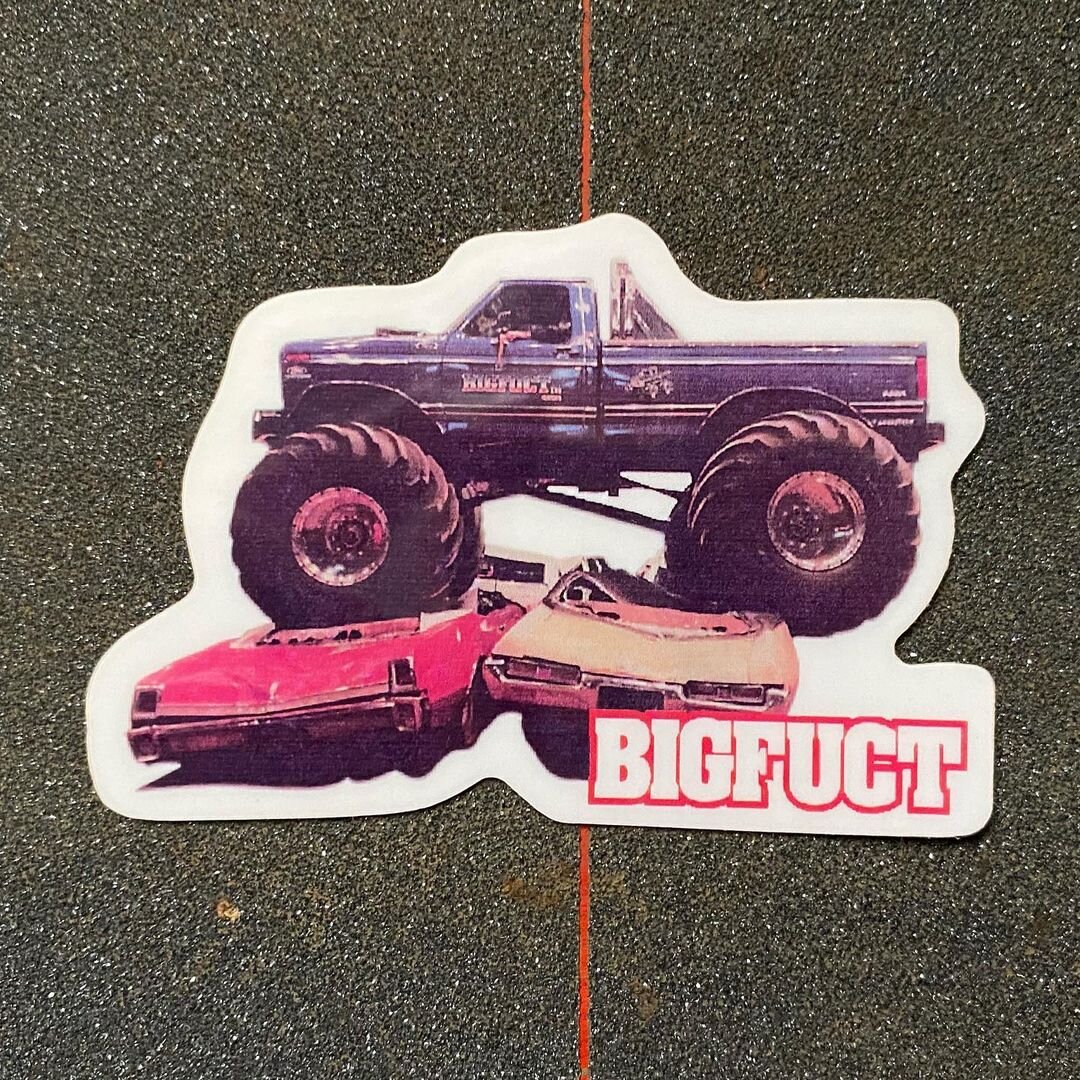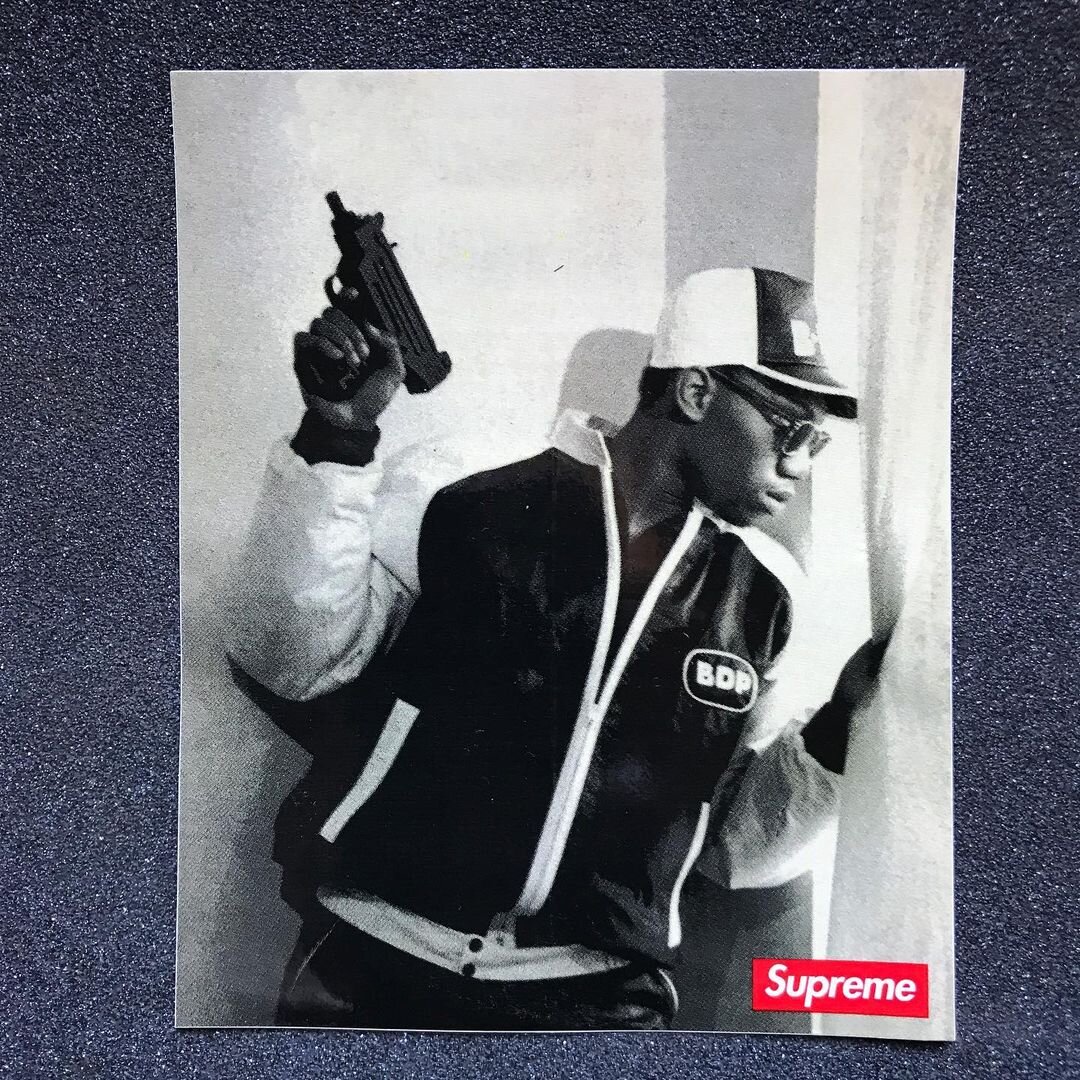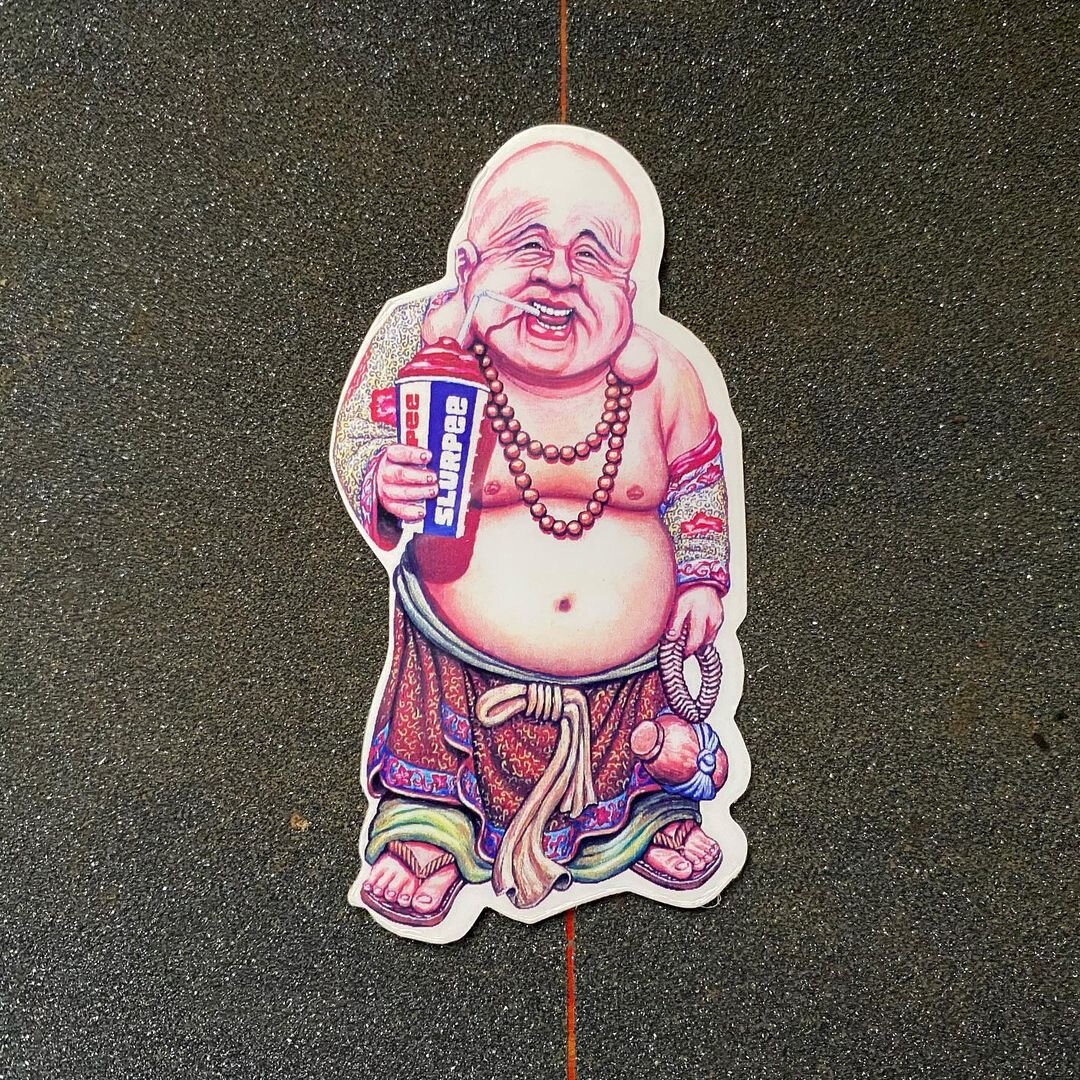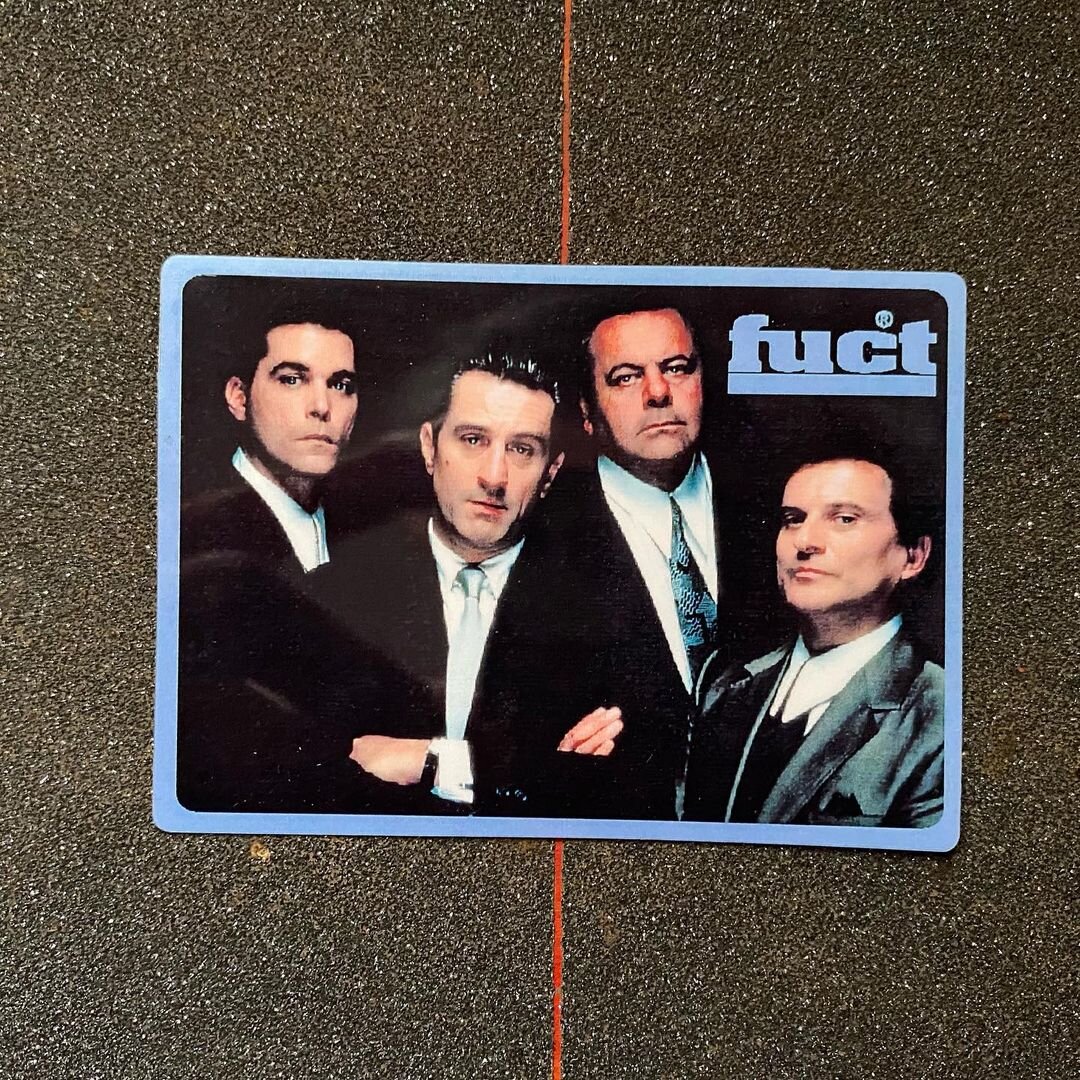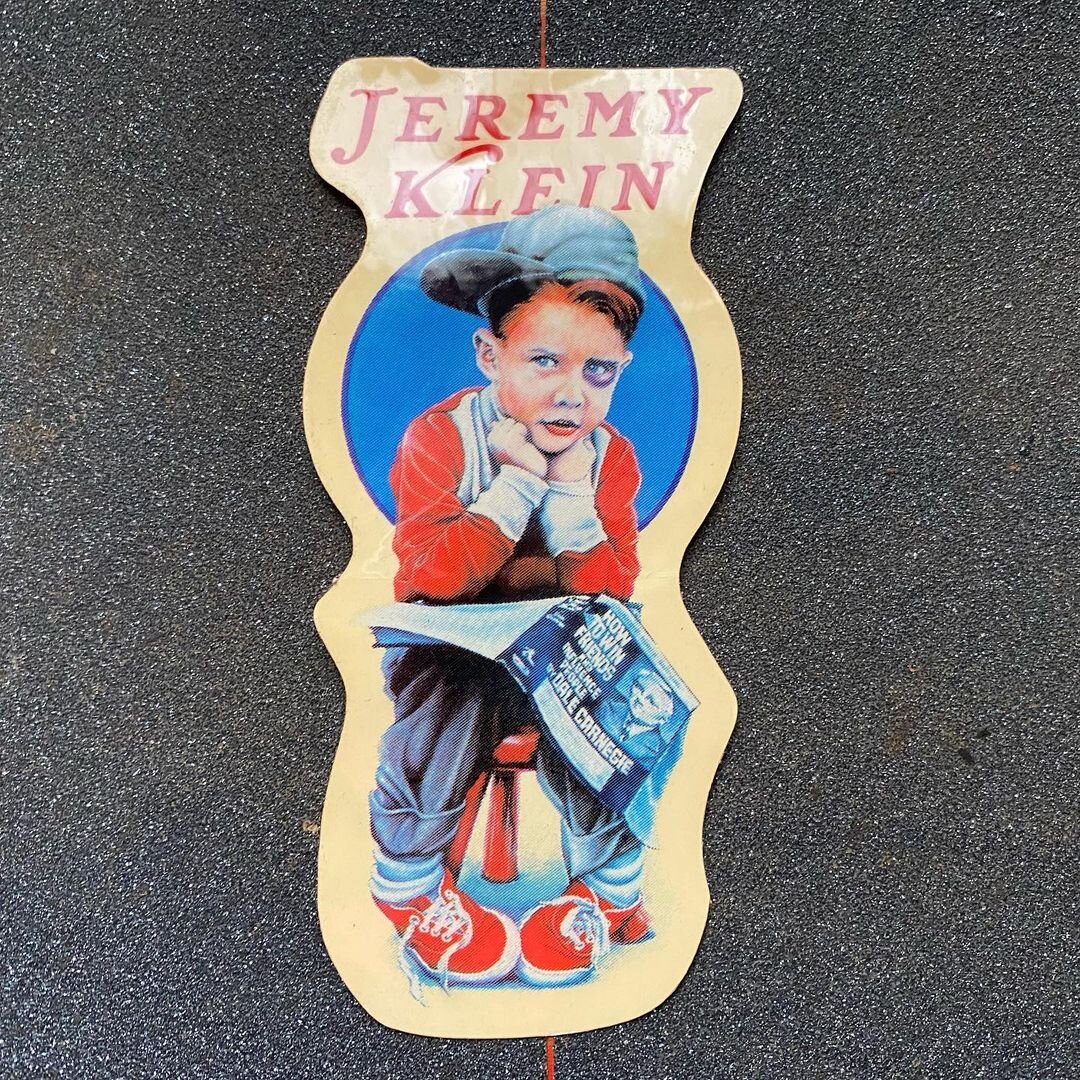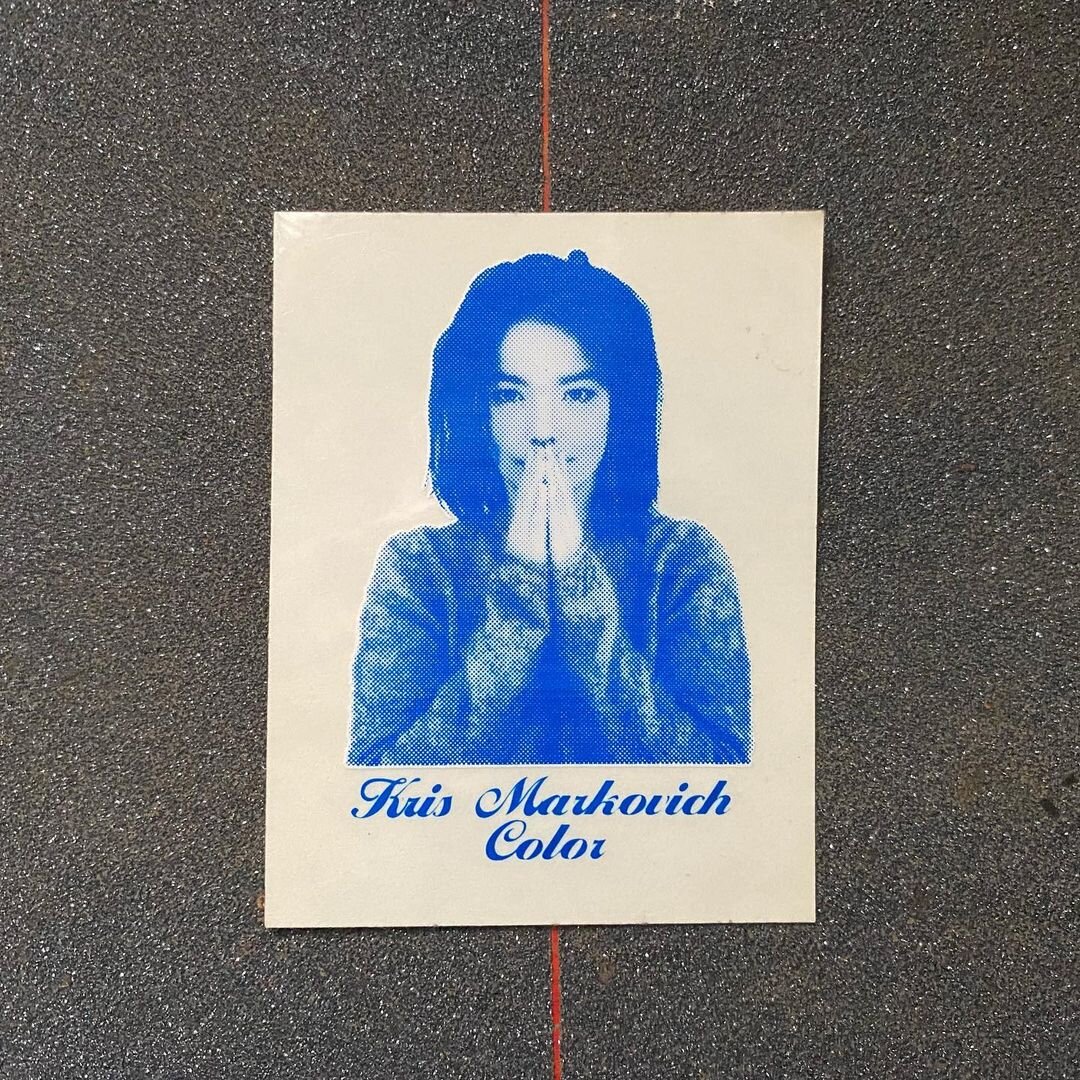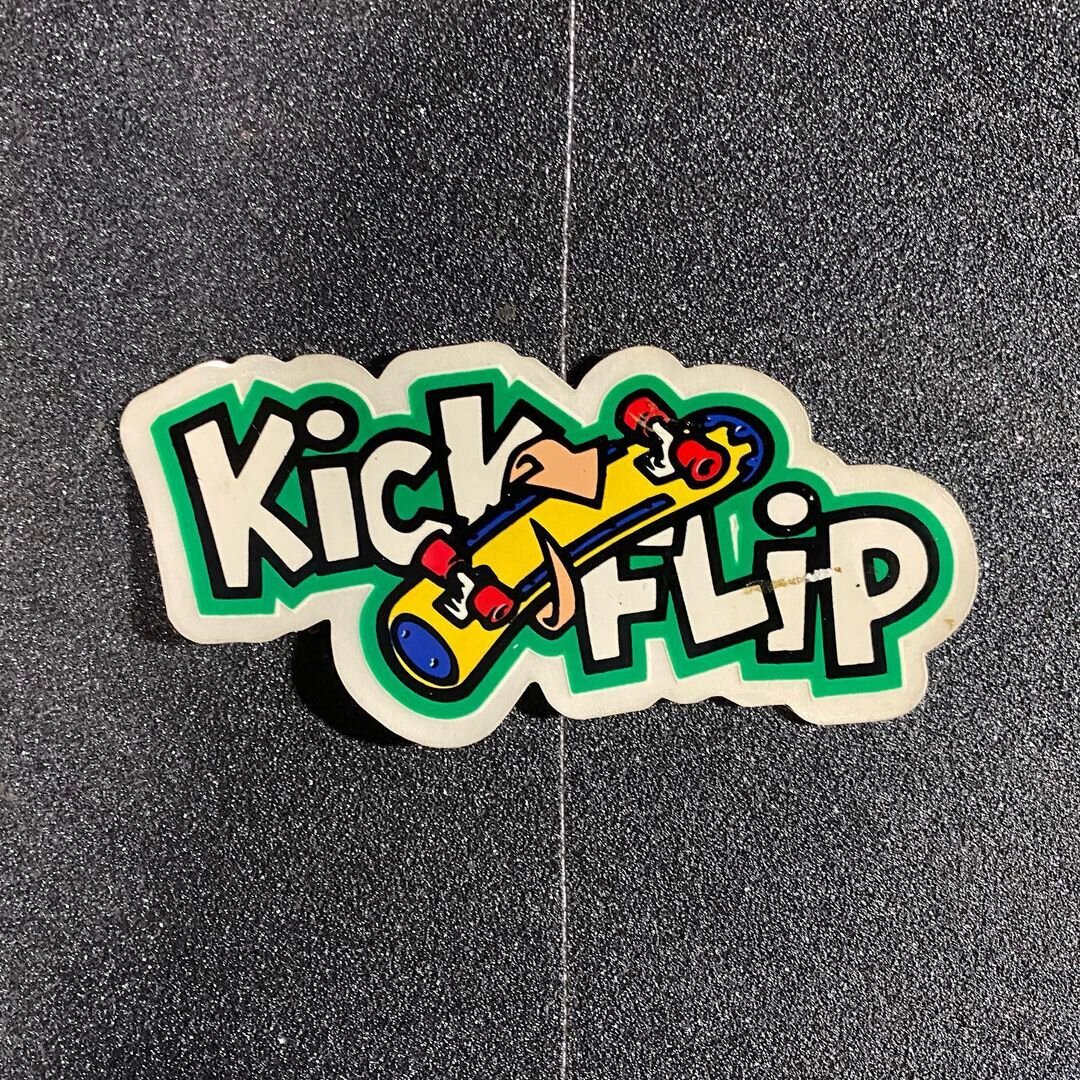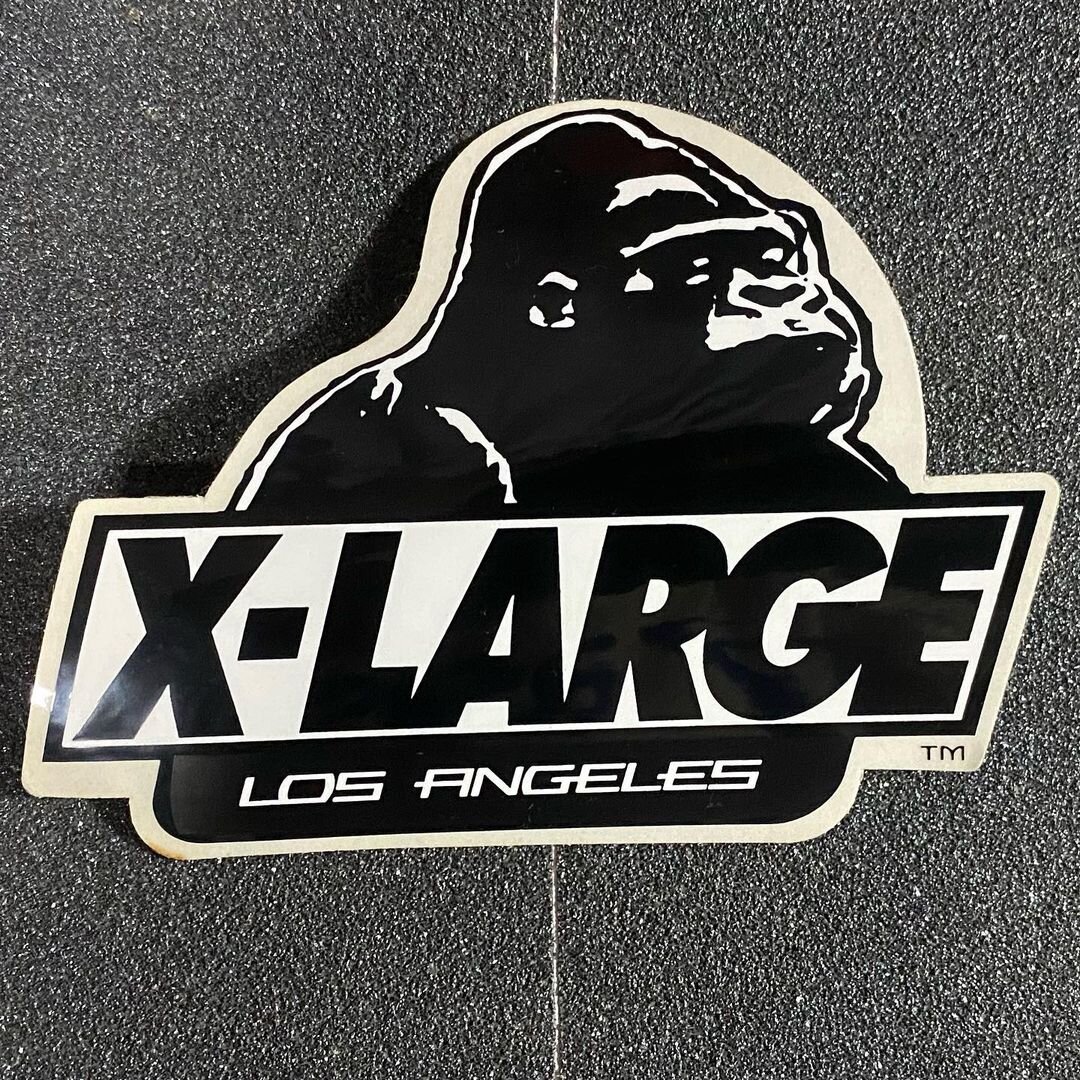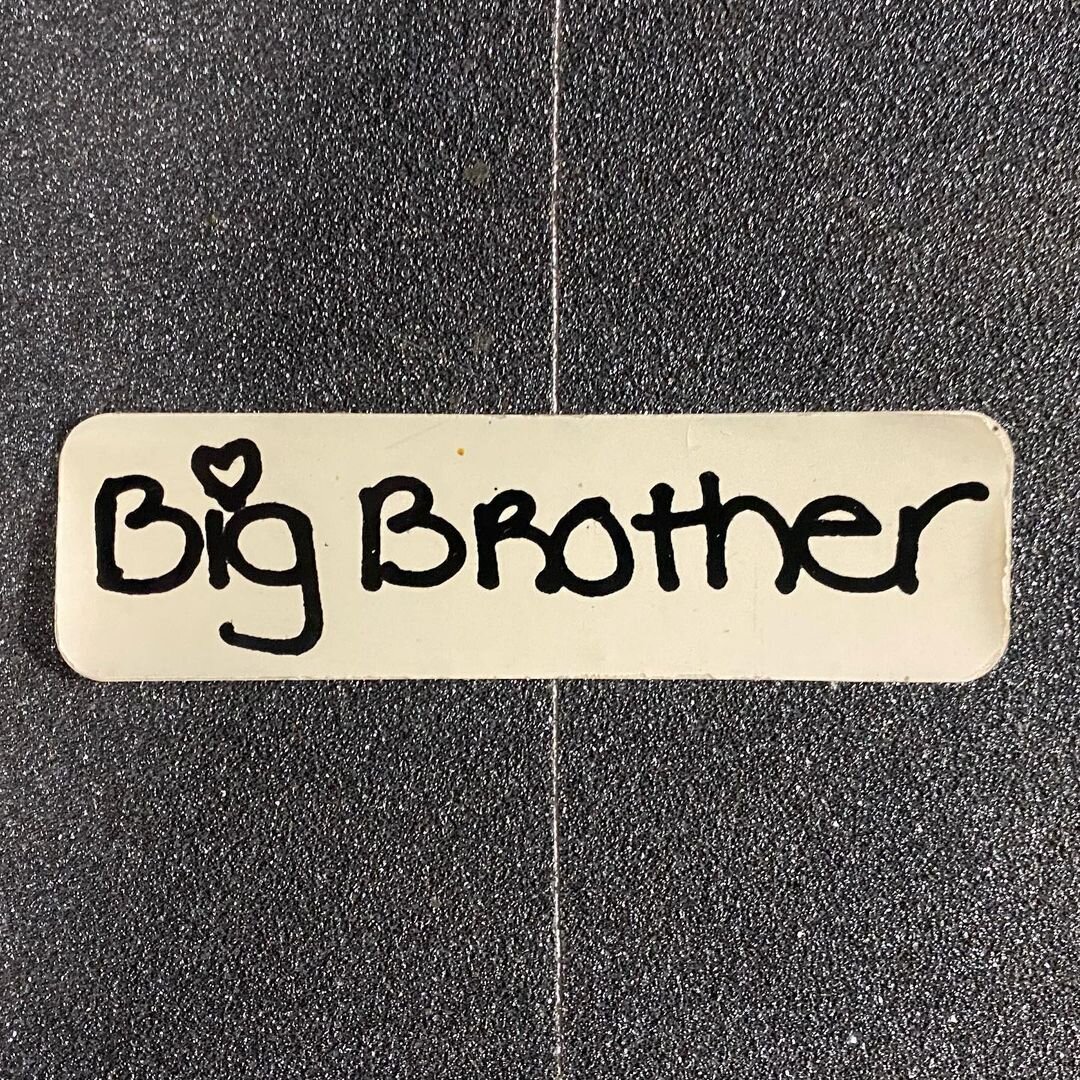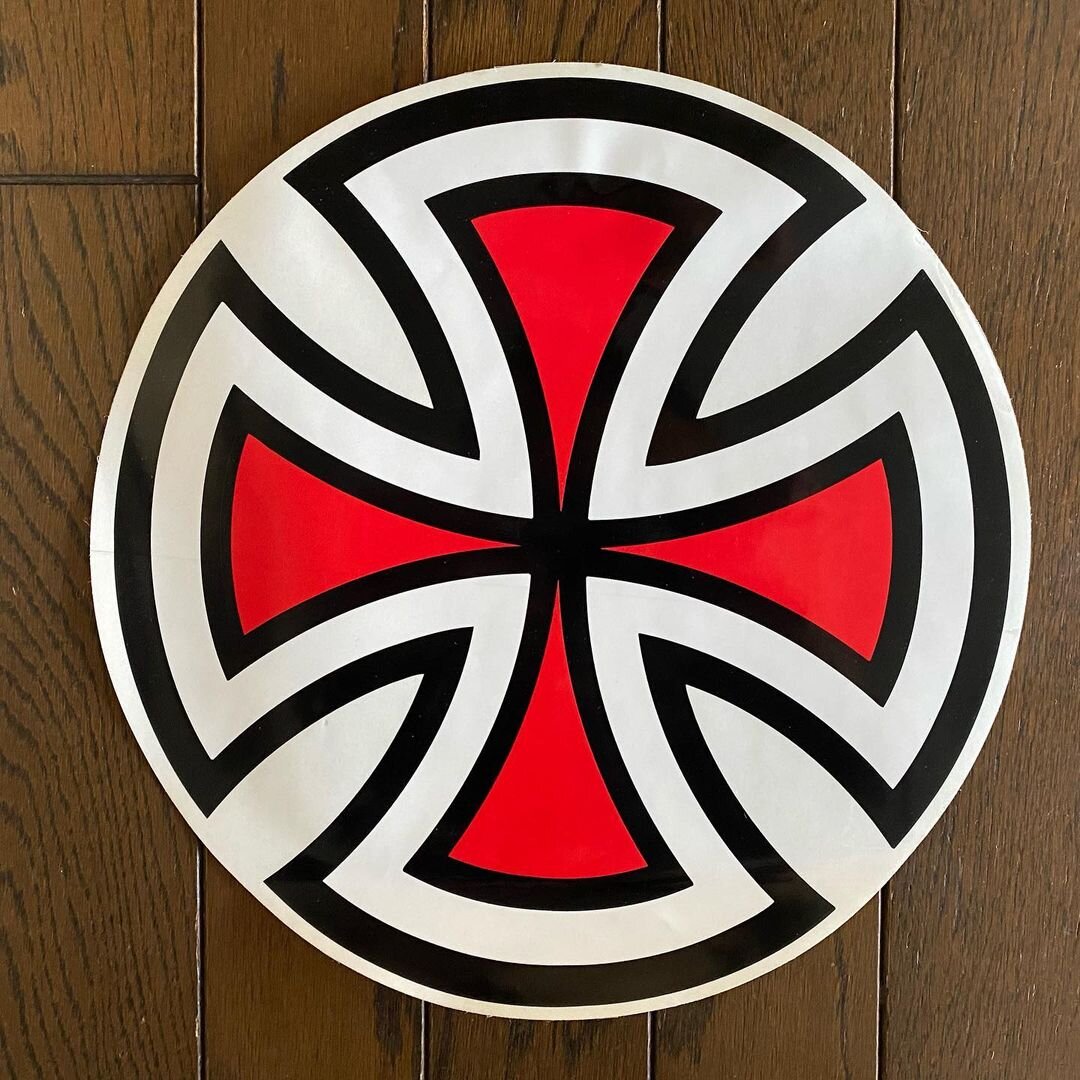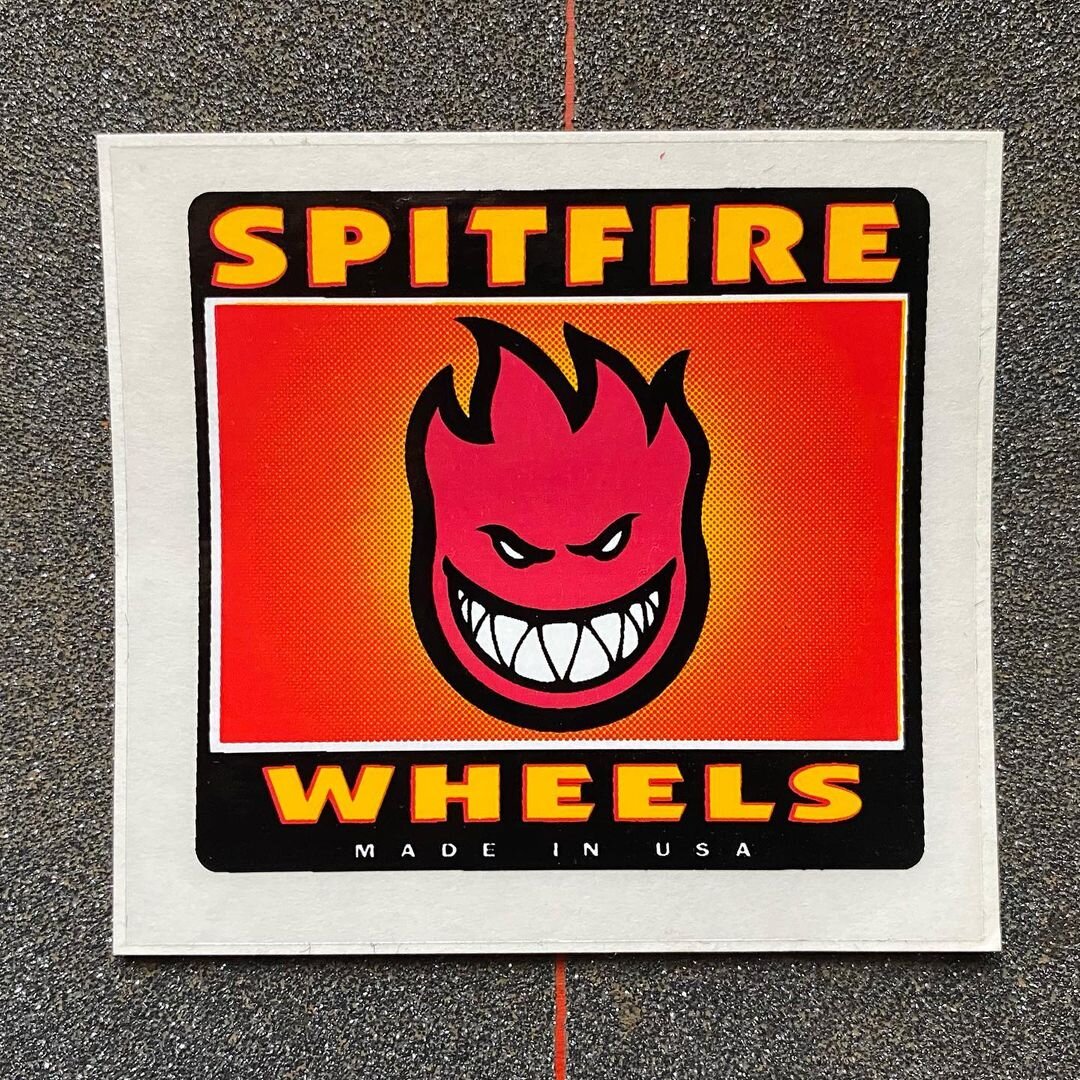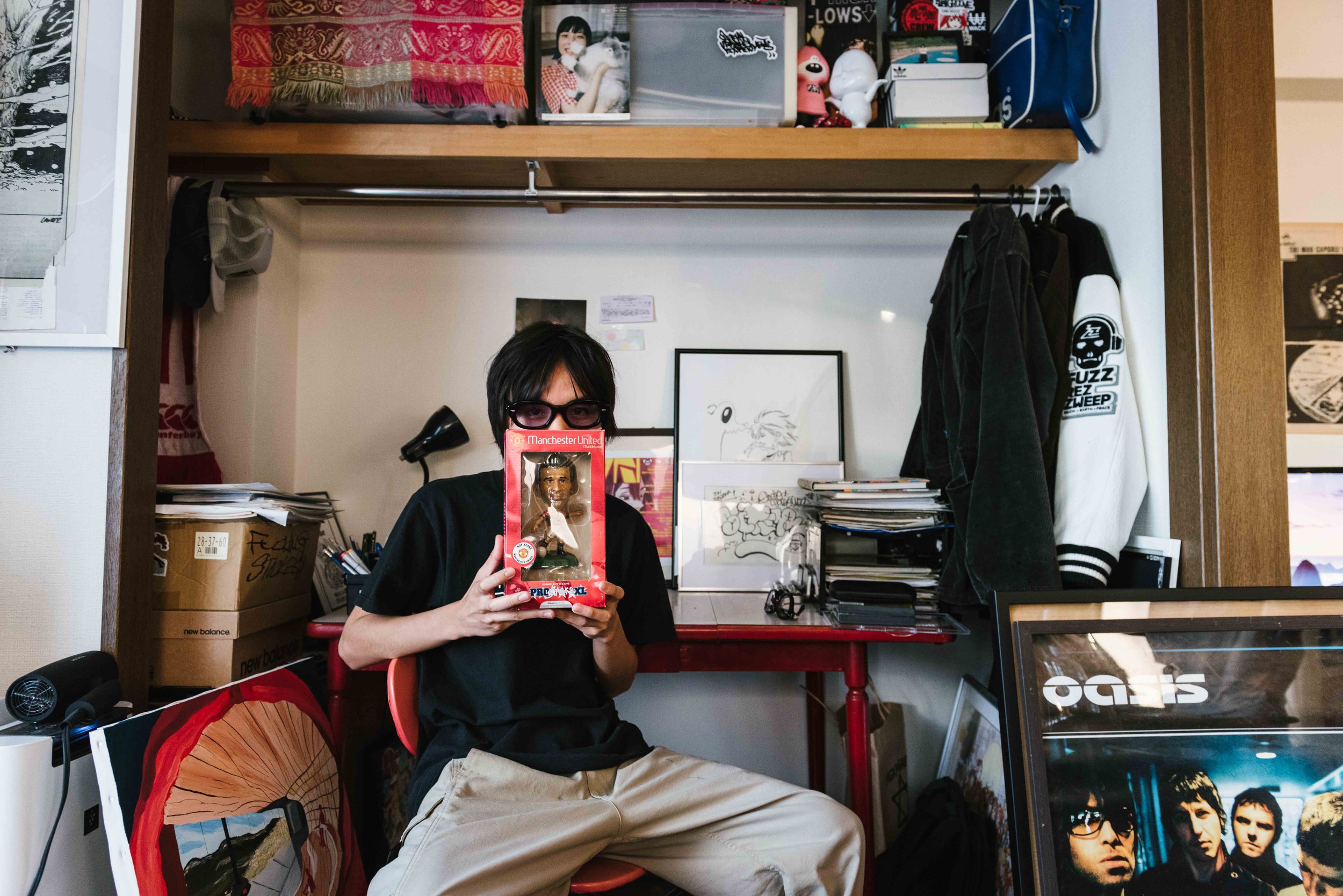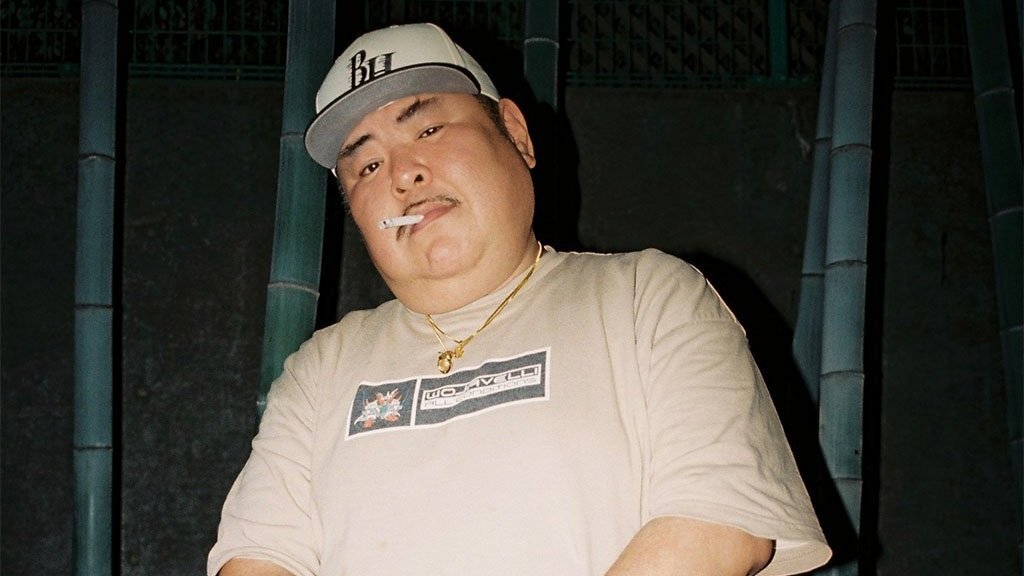SKATING THROUGH OLD & NEW TOKYO: A CONVERSATION WITH MASAMITSU AKACHI

When looking at Tokyo and its long history of adding its own twist to western lifestyles, whether it be fashion, music, food, or any other imported way of life, one culture that is often looked over is skateboarding.
日本、特に東京は西洋文化に自らの独特なタッチを加えて新しいものにすることが多い。ファッション、音楽、食などがこのいい例だ。こういった様々なウェスタン・カルチャーが日本で新しい価値観を付与されて存在する中、見落とされがちな文化が一つある。スケートボードだ。日本のスケート・カルチャーは他の輸入西洋文化ほど注目されていない。
Some of the reasons behind this could be the fact that skaters have always been seen as a “menace to society” in Japan, the shortage of skateparks in the country, and the strict laws and regulations regarding street-skating.
理由として考えられるのは、日本国内でのスケーターの不良的なイメージ、国内のスケートパークの少なさ、日本のスケートボードに対する厳しい規制やルールがあげられる。
However, due to things like skating becoming an Olympic sport and people looking to pick up new hobbies during the pandemic, more people than ever in Tokyo are into the skate scene. What used to once be seen as an intimidating, offensive sport now has people of all ages kicking & pushing. Children can be seen getting dropped off at skate parks by their parents, something nobody could have thought of 10 years ago in Japan.
だが、スケートボードがオリンピック競技に選ばれたことやコロナ禍で新たな趣味を探す人が増えたことをきっかけに現在東京のスケートシーンは未だかつてないほど人口が増えている。少し前までは一般から威圧的だったり怖いイメージのあったスケートボードだが、今日スケートパークを覗いてみると老若男女問わずキック&プッシュしている。子供が友達の家で降ろされるかのように親にスケートパークで降ろされる未来を10年前一体誰が想像できただろうか。
Not only did skating become an Olympic sport, but Japan also birthed 3 skateboarding medals during the 2020/2021 Olympic Games, with Yuto Horigome and Momiji Nishiya taking home gold, and Funa Nakayama taking home bronze. The impact that this is going to have on the skate scene in Japan is undeniable, especially with the whole country watching. An inevitable skate-boom is starting in Japan, just as Ichiro did with baseball, Kei Nishikori did with Tennis, and Rui Hachimura did with basketball.
加えて、スケートボードは今回オリンピック競技として選ばれただけではない。今回の東京オリンピックで日本はスケートボードでメダルを3個獲得している。堀米雄斗と西矢椛が金、中山楓奈が銅をそれぞれ持ち帰っている。開催国である日本の国民全員が見ている中ということもあり、彼ら、彼女らが日本のスケートシーンに与える影響は絶大である。イチローが野球で起こしたように、錦織圭がテニスで起こしたように、八村塁がバスケで起こしたように、若きスケーター達によって日本で巨大なスケートブームが今始まろうとしている。
With many new faces joining in on the Tokyo skate scene, it is easier than ever to join, but hard to make it to the top due to the intense competition.
スケーターの数が過去最高に多い今日の東京でシーンに参入するのは簡単だ。しかし、総人口と競争が必然的に増えるため、目立つのは当時に比べて今の方が難しくなったかもしれない。
There are many well-known names out there who have been in the Tokyo skating scene since the get-go, like Yoshifumi “YOPPI” Egawa, and Aki Akiyama. Another special figure that has always been a part of Tokyo skating culture, in fact, one of the faces who helped shape the Tokyo skating scene itself, is Masamitsu Akachi.
スケート・カルチャーが輸入された当初からずっとシーンの第一線を走っている人は現在も多くのスケーターにリスペクトされている。江川「YOPPI」芳文さん、アキ秋山さんなどの名前は今日でも聞くことは少なくない。しかし、彼らの他にも当初からスケートシーンの一部であり、日本のシーン自体を作り上げてきた人はいる。そのうちの一人が赤地正光さんだ。
We sat down with Akachi, pre-Olympics to talk everything about both the past and present Tokyo skate scene, and believe there is no better timing than to share this interview than now.
今回sabukaruはオリンピック前、赤地さんに昔と今のスケートの全てについてお話を聞いた。オリンピックやメダル獲得もあり、東京で過去最大のスケートブームが訪れようとしている今こそこのインタビューを読んで欲しい。
Hello Akachi. Could you please introduce yourself to the Sabukaru network?
あかちさん本日はありがとうございます。まはじめに、自己紹介をお願いしてもよろしいでしょうか?
I direct a glove brand called ST LINE, and I am the external team manager for ASICS’ skateboard line. I also am a videographer, and sometimes work a free paper called FLJ. I work on connections and photos of the skate section.
ST LINEという名前でグローブをディレクションしているのと、ASICSのスケートラインの外部でチームマネージャーをやっています。あとはビデオグラファーをやったりFLJというフリーペーパーのスケートのページのコネクションと写真をやったりしています。
Can you tell us when the first time was that you came in contact with skateboard culture?
スケートカルチャーと初めて触れ合ったのは何時頃ですか?
I was 16 when I first started skateboarding, but I had also been doing BMX races since I was 10.
16歳からスケートボードをスタートしましたが、10歳からBMXのレースをやってました。
How was the skate scene back then in Tokyo? How did you find out about it, what did it look like?
当時のスケートシーンはどのようなものでしたか?どのようにしてスケボーを見つけましたか?
It was pretty core. Like Setagaya. Tokyo just has a lot of places to skate.
かなりコアだったかな。世田谷とか。やっぱ東京は場所がいっぱいあって。
Were there some influential people, shops, brands who introduced skating to Tokyo?
東京にスケートボードカルチャーを持ち込んできた人、ショップ、ブランドなどはありましたか?
For shops, Stormy, Murasaki Sports. Murasaki wasn’t the big chain it is today, it was much smaller. That was in Harajuku as well.
まずショップだと、原宿にあったストーミー。あとはムラサキスポーツ。ムラサキスポーツは今みたいに大きくなる前、もう少し小さかった頃の店でした。それも原宿にあって。
When you started skating, how was society’s attitude towards skating? Was it a problem to be a skater?
スケボーを初めて時、社会の目はどのようなものでしたか?スケーターは問題児、という感じでしたか?
I think the negative image was stronger than the positive.
悪いイメージの方が強かったかもしれないですね。
What was your skate career like? Did you usually ride casually, or did you take place in many competitions?
スケボーのキャリアを振り返って、カジュアルに滑ることが多かったですか?それとも大会などにも積極的に参加していましたか?
In 1988, when I was 16 I started to skate. 3 years later in 1991, we were already selling our videos. My time as a skate “fan” was short. I was looking past the “fun” and was seeing “America”. America was making videos. Making teams. Making silkscreen T-shirts. We looked up to that, and before we knew it, it was our thing in Japan.
16歳、1988年にスケートボードを始めました。でも3年後の1991年にはもう自分たちでビデオを撮影して売ってたから、もうそういう動きになってたかな。ファンという時間は多分短くて、「楽しい」の先に「アメリカ」を見ていました。アメリカはビデオを作っている。チームを作ってる。あとTシャツ作ったり。シルクスクリーンで。それを真似して、気付いたら日本のオリジナルになってた。
So almost like how a streetwear brand would start.
ストリートブランドに似たイメージですかね。
I don’t think we had much in common with streetwear. Even today. But what we do happens to be what everybody calls “street”. We see things from a skater view, not an outsider view. Kinda hard to explain (laughs). We were just watching American videos, reading American magazines. We never really had anything “street” in mind.
多分、ストリートってものは僕らの時あんまり関係なくて。今もそうなんだけど。ただやってるものは、みんながいうストリートってだけで。だからスケーターから見た目線、って感じになるのかな。ちょっと難しいんだけどね(笑)。アメリカのビデオとかマガジンとかを見て、そこから影響受けてたので。ストリートとかは意識してないかな。
Had skaters from the states already come to Japan back then? If they did, did you ever link up?
当時アメリカから来日したスケーターなどいましたか?
I never directly connected with them, but some came. They would do demonstrations and contests and things like that.
直接つながるまではなかったけど、何回か来て、デモンストレーションをやったり、コンテストをやったりとかはあったかな。
We know you’re very humble, but there is no denying that you are recognized as a Tokyo skate legend. How did this happen?
あかちさんは謙虚な方だと思いますが、東京のスケートシーンではレジェンドとしてアプローチされることが多いと思います。どのようにしてここまでたどり着いたのですか?
That’s another funny story. I think like kids in their 20s today, they don’t know the 20-year-old me. That’s like 20, 30 years ago. The people who know me are probably around 10 years younger than me, probably around 40 or so. I don’t know how you guys see me, but I have never thought of myself as being a “legend”. Legends are just a word that people use objectively. You don’t go around calling yourself a legend, people just think of you as one. So I don’t think I’m a legend, and there are also many people more talented than me out there.
そこがまたおもしろくて。多分今の20代の子とか、僕の20歳のころ、2、30年前の僕を知らないんだよね。僕のことを知ってるのは多分10歳下ぐらい。だから40ぐらい、実は。だからビアンコはどう見えてるかわからないけど、僕はそういうの思ってないし、あとそのレジェンドって枠って人から見るもので。自分で言うことでもないし、人がただ思ってくれてるだけで。ただ僕はそんなの思ってないし、僕の周りにはもっとすごい人がいるから全然そう言うのは一回も思ったことないかな。
How important is “community” in this Tokyo skate scene for you?
東京のスケートシーンにおいてコミュニティの重要性とはどういったところですか?
I always keep in mind that everybody starts at 0 when it comes to skateboarding. Nobody is born a super good skater. There are people of many different levels out there, and if people of different talent levels talk I think it’s cool. The young skaters, like in their 20s, are like half our age. I find it very interesting talking to them. Everything comes down to timing, but I think starting conversations with all types of people is fun. I don’t really think about which community, which team these people are from, just about if I can have a fun talk. Komazawa Park, for example, has people of all ages. I’m always there, and people probably see me as the dude that's always at Komazawa. So a lot of people say hi to me. And if I see them another time, I can talk to them again. Maybe that’s how communities start.
多分スケートボードってみんなゼロから、下手から始まるもんだから、それはずっと僕の頭の中にあって。それぞれのレベルの人がいて、もしそこで話せれば面白いし。若い世代のコミュニティ、20代とか、僕からしたらもう半分以下の世代、話してみたら面白いし。だからそのタイミングタイミングだと思うけど、逆にそういうところにいって話せれば嬉しいかな。あんまりそのどこのコミュニティ、どこのコミュニティとかにこだわらず、うまく話せればな、という感じかな。でもその辺も一番良いのがその駒沢公園っていうパークが運良くいろんなところから来るから。で僕はほぼそこにいるから、よくいる人みたいな感じでよく話させてもらって。挨拶もしてくれて。そこから次行った時に、「あ、会いましたね」ってなって、そこで知らないうちにコミュニティになってるのかもしれない。
Back then, was there a time where there was a “skate boom” in Tokyo? When you started skating was there a time where it really blew up?
あかちさんのキャリアの中で、「今スケボーブームだな」、と感じる時期はありましたか?
It might be right now. It used to be more core back then. 90% of skaters were all friends. For example, when we were young we had to save money to buy decks & gear. But today, it’s common for parents to buy their kids skateboards. Like a soccer ball or baseball bat. And these parents take their kids to parks, watch them skate, and go home together. That’s normal these days. There’s also a lot of different types of skaters now. There are women who skate, there are 60 year olds who skate. I see that and it always makes me realize how much bigger skateboarding has gotten. COVID is one of the big reasons why skating became so big.
でも今かも。前はもっとコアだった。スケーターの9割はみんな友達だった。なんでかっていうと、コアだったから。一個例えると、僕らの時代はスケートボードはお金を貯めて買うものだった。で今は、買ってくれる親もいる。要は、サッカーボールとか、バットを買うように。で親が車で連れて来て、見て、一緒に帰るとか。それが今ノーマルだから。いろんなジャンルのいろんな人がいる。女性もいるし、50、60代の方もいる。そういうのを見て、今すごく広がったかな、思ったりするかな。その原因の一つが去年のコロナで一気にバーンってなった感じがするね。
How do you feel about this? Are you happy that skateboarding is becoming more mass rather than niche?
スケボーのこのコアからマスへのシフトに感してどう思いますか?
I think it’s a really good thing. Right now, skaters basically only have the option of going pro, or working a normal job. If you want to eat, you need to go pro. But not everybody can go pro, so they need to work a regular job. That’s where a lot of people are forced to quit skateboarding as a whole, since they don’t have time. I’d like to see more people be able to have jobs related to skateboarding, like skate teachers. But I believe more and more people will be able to get jobs like this, since there are more and more people who skate today. Back then, a skate class would maybe only have 10 people. Today, you could open a class and get 100 students. You could make a living off of that. In the end, if more skaters can get jobs and continue skating, I think everything is all good.
僕的な考えはすごく良くて。今は学校卒業してプロスケーターになるか、仕事をするかしか選択肢がない。プロじゃないと食っていけないから、仕事をするけどスケートボードができなくなる。であれば、例えばスケートボードのスクールの先生になるとか。スケートボードに関わった仕事がこれから増えてくる。それはなぜかというと枠が増えたから。例えば前はスクールやるとしても生徒10人ぐらい。でも今はすごい増えて100人いるとする。そしたら一回いくらを設定してそれで飯が食える。だから僕としてはいろんなスケーターの仕事につながると考えてて、そうなればすごく良いな、と思う。
Do you still remember the first big names that got famous in skateboarding in Japan? Was it Japanese skaters, foreign skaters, brands, who were the first?
はじめて日本で「ビッグネーム」的存在になた人やブランドなどは覚えてますか?
Back then right? If we talk about brands, Santa Cruz, Dogtown, Powell. That was the 70s and 80s. In the late 80s and early 90s, that’s when this so-called “street skating” started, and people started skating in the city. That was right around when World Industries and SMA started. Those brands I think are what evolved into street skating of today. Powell used to make videos with big cameras you would use to take movies, but started using home cameras. Skaters had to win contests to make money, but with the addition of skate videos, that gave more options for skaters to make a couple bucks.
Another cool story is about the skate team Vision, which Mark Gonzales was a part of. I’m not too sure why, but Vision and Gonz had some conflict, and Gonz left. And at the same time, Guy Mariano left Powell. The two came together to create a super core company called Blind. Blind was kind of a middle finger to Vision.
当時のね。ブランドだと、Santa Cruz、Dogtown、Powell。それが70s、80sの時代で。実は80年代後半から90年代にむけて、それこそストリートスケートってうか、街で滑る、っていうのがスタートしてて。その時に始まったのがWorld Industriesとか、SMAとか。それがスタートし始めて、それが今のストリートスケートというか。昔はPowellはもう映画を撮るようなカメラで撮ってたけど、そこからホームビデオで撮り始めて。もともとスケーターとして食っていくにはコンテストで勝つしかなかってけど、そうじゃないビデオスターっていうのがまた始まって。そこがちょうどその切れ目というか。一個面白い話があって。Visionっていうスケートチームがいて。でそこにMark Gonzalesがいた。ただ理由はわからないけど、VisionとGonzが対立しちゃって。何かが合わなくて。でそこでMarkが抜けて。でPowellからもGuy Marianoが抜けて。でそこで一個できたのが、コアなカンパニーのBlind。Blindはなんでかっていうと、Vision(視力)に対してのBlind(盲目)。すごくコア。
You’ve probably met these skate legends many times in Tokyo already.
彼らには東京で交流などはしたことありますか?
I’ve met them, but haven’t actually really spoken to them.
一応会ったことはあるけど、喋ったことがなくて。
When were the first Japanese teams and brands coming out?
日本のブランドとかチームが出てきたのはいつ頃でしたか?
I don’t really like talking good about myself, but we might have been one of the first. We make videos under the name “New Type”, but before that I was in a group called T19. That’s where YOPPI and them were in. I think we might have started the whole video-making thing in Japan.
それがもしかたら、僕らはニュータイプって名前で作ってて。でその前にT19で。がYOPPI君とかがいたチームで。多分それがスタートして、僕からいうのも変だけど、ビデオ作ったりしたのは僕らが初めてだったかもしれない。
How influential was YOPPI to the skate scene? What kind of crew did he assemble around him?
YOPPIさんは日本のスケボーカルチャーにどのような影響を与えましたか?
He had been going to the States from a pretty early stage, like the 80s and 90s. He got in touch with a lot of people over there too. He was also in Real, a skate team that Tommy Guerrero was also in.
どうだろうな。意外ともう早い80年代、90年代からアメリカに行って、向こうでいろんなコミュニケーションもすでにとってて。でRealっていうTommy Guerreroとかが入ってたチームにも一瞬入ってたりして。
Can you tell us about your crew? Who were the members and what are they doing now? Are there still videos we can find?
赤地さんのクルーについて少し聞いても良いですか?メンバーについてと、あと今もビデオは観れたりするんでしょうか?
Our crew started back then at this place we call “Jabu-Jabu Pond”. Everyone would gather and skate there. We were all skating, and we were all seeing how the US was making teams and videos, and wanted to do that. So, we got together, started our crew, and jumped into making videos.
とりあえず当時なんでできたかっていうと、都庁の前にジャブジャブ池っていうみんなが滑る場所があって。そこでみんな滑っててみんなアメリカがチーム作ってビデオ作ってるから真似しようっていって。仲良い人同士で作り始めた。
Do you skate with some of the people back then from your crew?
当時のクルーの仲間とまだ滑ったりしますか?
There’s a few I still skate with.
何人かは。
How was the understanding back then with other crews? Was there more of a community, or was it more competition or rivalry?
当時のクルー同士の関係はどういった感じでしたか?仲が良かったり、ライバル意識が強かったりしましたか?
I think mostly friendly.
でも基本仲が良かったかな。
Supreme in Japan. How did this happen? Why did it get so big? For such a long time Japan was the only place with so many Supreme stores. Can you explain how this happened?
日本でのシュプリームについて少しお聞きしたいです。なんでここまでビッグになったのですか?店舗も日本は特に多いですが、どのようにしてここまでのステータスを得たのですか?
There was a retailer in Japan called “One Gram”. I think the people there came up with a really successful strategy.
多分日本のいれてる代理店で当時ワングラムっていうところがあって。多分そこがいろんな戦略を組んでったんだと思う。
What kind of strategy was it?
どういったか戦略だったかご存知ですか?
I’m not sure about the details, but the CEO of One Gram would also go and buy from the US. As a buyer. Hiroshi Fujiwara might have been the top of his organization at the time. Sorry if I’m wrong (laughs).
詳しくはわからないけど、もともとそこの社長もアメリカにいろんなものを買いに行ってて。バイヤーだね。でその時に上にいたのがもしかしたら藤原ヒロシ君かもしれない。そこについてた人みたいな。多分。そこ違ったらごめんだけど(笑)。
How do you feel about Supreme now? It’s such a symbolic brand, and represents how skate became street.
現在のSupremeについてはどう思われてますか?スケートがストリートと融合するきっかけとなった大きな要因の一つだと思うので。
A few years ago… they started in ‘94 right? 20 years after that… so in 2014 they released a video if I remember right. They really showed the world “yeah we still do the skate stuff” with that video. I think they really have established a well-balanced status of skate & fashion.
でも逆に何年か前に、94年がスタートかな。で20年後だから、2014年にビデオ出したと思うんだけど、そこでスケートボードちゃんとやってます、っていうのを見せてるから。逆にファッションの部分とスケートボードの部分が今出来上がってる気はするかな。
Is there any skate brand out there you would say is, from day one, 100% a skate brand?
ストリートとスケートが混ざったイメージが強いブランドが多い今日ですが、本当に最初から100%スケートボード、といったブランドなどはありますか?
Hmm… I’m still not totally sure on what “street” is. But what I can say is that everyone looks up to Supreme in some shape or another. Like FTC and HUF. What I can say is that skate companies were 100% skateboard. Like not the “street” fashions stuff we’re talking about. Independent, for example. Brands that do collabs, like VANS. That’s kind of my take. Independent did collab with Supreme, but I still see them as a skate company, a parts company.
In our generation, “street” meant to literally skate in the streets, the city. “Street” fashion might come from how our generation of “street” skaters dressed. If we wanted to skate in Shibuya, we’d say “let’s go do the streets”. It still kind of confuses me to this day when I hear the word “street”, the way it is used has changed greatly since back in our day. But I think the origins of streetwear, street fashion might be from street skating from back then.
どうだろう。それを聞くと、その「ストリート」っていうのが逆にわからないからな。でもどっかでみんなSupremeには憧れてて。例えばFTCとかHUFとか。でも多分唯一言えるのはスケートカンパニーは全てスケートボードのみだった。そのストリートって言われるファッションとかではないと思う。例えばIndependentとか。多分コラボやってるとこ、まあVANSも一応そうなのかな。そんな気が僕は勝手にする。IndependentとSupremeもコラボしたけど、Independentはあくまでもスケートカンパニー、パーツカンパニーかなと思う。僕ら世代からすると、「ストリート」は街で滑る、ということ。街に行こう、街で滑ろうってことだから、街ファッションなのかな。ストリートスケートボードっていうのが、パークもあったりする中で、街で滑ること。渋谷で滑ろうってなったら、「ストリートしに行こう」って言うから。言葉の意味がたまにわからなくなってくるっていうか。多分そう言うのに憧れて作るのがストリートファッションなのかなって気もちょっとして。
Let’s talk about the now. How does the day for a skater in Tokyo look like? How are the parks, are there strict rules?
ここからもっと今のお話をさせていただきます。東京のスケーターの1日はどういった感じでしょうか?パークの現状、社会の目、厳しいルールなどはあったりしますか?
I think there’s two types of people. Those who skate at parks make a decision when they’ll go skate, some time from the morning to evening. Like shop staff, they’ll skate in the morning, and go to work around noon. School kids will go to school, and maybe skate in the evening. At the same time, there’s also people who might work or go to school, who will say “let’s hit the streets”. People who skate in the streets will usually go at 8 or 9 PM, around the time companies and offices close. They’ll skate from there, and maybe hit up a conbini and grab a beer from there. I think those are the two main types of Tokyo skaters I see today.
二つあって。パークで滑る人は朝から夕方の空いてる時間でどこで滑るか決めて。お店の人、ショップスタッフだったら午前中に滑って昼から仕事に行く。学生とかだったら学校に行って、夕方滑るとか。で、それとは別で学校行ってたり仕事してたりしても街いいよね、ストリート行こうって人は夜8時か9時、まあ会社が閉まったりする時間ぐらいにみんな集まって。そこから滑って。で中にはどっかコンビニ行ってビール飲んだりして、そこでまたワイワイ遊んだり。僕が今見てる、知ってる限りは今そんな感じかな。
How many days do you skate a year?
一年のうち何日ぐらい滑ってますか?
Probably most of the year. Since I’m the team manager of asics, I need to skate. Everyone needs to skate to get better. Probably around 5, 6 days a week. Like this interview too, I’ll skate in the morning and skate after the interview too. It’s like jogging, you just have to do it to get better. If I have time, I’ll be skating somewhere.
でもほとんどしてるかな。イメージ的にはその、一応asicsのチームマネージャになってる分で、滑らないと上手くならないから。下手したら週に5、6日ぐらい。あとは例えばこのインタビューも、時間を合わせるんだったら午前中から滑って午後にまた滑るとか。もうジョギングするように乗らないとなかなかうまくならないから。時間あればどっかで滑って。
Did you skate before coming to our office today too?
今朝も滑ってからいらっしゃったんですか?
Yeah, I was at Seta-ko [Setagaya Park].
今朝も世田公行ってたね。
You were one of the first to start videos in Tokyo. What has changed regarding video over these times?
あかちさんは日本でビデオを広めた先駆者の一人だと思います。当時のビデオと今のビデオ、どう変わってきましたか?
I think a lot has changed. Me and my friends, we always reach for the newest gear. There are people out there who like the retro feel, and use like Sony VXs from the 2000’s. We want to keep everything as compact as possible. We used to have to haul giant bags and cases, and those cameras couldn’t even take video if it was remotely dark outside. So we had to carry additional lights. But our cameras today perform super good in low light, and we don’t need to bring huge lights. Everything is getting smaller, and the graphics are becoming better.
多分変わってきてるね。僕らは常に新しいの求めてるから、逆に2000年ぐらいのソニーのVXとか、古いのに行く人もいるけど、僕らは先に行きたい方で。なるべく小さく収まって。前は大きい入れ物にいれなくといけなくて。全然明るく撮れなくてライトも必要だったりしたけど、今はもう明るく撮れるからライトいらなかったり。とにかくより小さく、より画質を良くしたくて。
Is there a place where you upload your videos? Is it just on Instagram, or are there any other places where we can see them?
ビデオはインスタ以外にアップしてる場所はありますか?
My IG is my main place, or if I do work for another person or group, maybe their pages.
今のインスタか、何かのために作るやつはそっち側で見れたりて感じかな。
Would you say it is now accepted to skate? Or do skaters still face problems with rules and police in Japan?
今日のスケボーは当時に比べて社会的に受け入れられてますか?規制や警察などの問題は未だ直面しますか?
That’s still a difficult question. People are all different. Some people are loud about it, some are chill. The other day I was in Toyosu, and we were skating in places where we technically shouldn’t have been, but the police were super chill and didn’t really say anything. But that was because they were police near the ocean. The only thing they told us was “you guys aren’t really supposed to skate here”. “Please try not to damage anything”. But there’s security out there who’ll come at you from the start just yelling “No no no!”. I think there’s just too many different types of people to be able to answer that question. Kind of similar to how the way foreigners are seen by police has changed in Japan over the years.
でもそこってまた難しくて、人ってそれぞれだから。人によってはうるさい。人によっては大丈夫。この間も豊洲の方で滑ってて。本当はダメなんだけど、警察いっぱいいても何にも言われなかった。でもそれはなんでかっていうとその警察は海の警察で、僕らには一言言ったのが「一応ここダメな場所だからやめてね」って。「傷つけないでね」って。でもそうじゃないセキュリティは最初から「ダメダメダメ!」。そこは、いっぱいいすぎて、いろんなのがありすぎるかな。外国人っていう枠が昔と今じゃ違うのと似てる感じかな。
How do you feel about skateboarding becoming an olympic sport?
スケートボードがオリンピック競技になったことに関してはどう思いますか?
That kind of goes back to what I was saying earlier, but if it leads to more skaters being able to make a living off of skating, I think it’s a fantastic thing. Core skaters might throw up the finger saying we don’t need the Olympics. But those who say they don’t like the Olympics, are probably core skaters to begin with. They won’t really interact with contest skaters. So I think everything will play out smoothly.
それもさっきの話につながるけどそれでもし人が、枠が増えてスケーターが食える状況を作れるのであればすごくいいと思う。もっと言えば、コアなスケーターはいらないって中指たてるけど、最初にオリンピックが好きだって言う人もコンテストじゃないって思えばコアな方に行くから、結局全部がうまく行くのかなって思ってて。
Let's talk about Asics and skateboarding. When did Asics join skating? What is the story behind it?
Asicsの話を少ししたいと思います。Asicsはいつスケボーに参戦したのですか?少し裏の話などもあれば。
First reason would be because skateboarding became an Olympic sport. The asics CEO states that it is asics’ job to support Olympic athletes, and support their feet with footwear. Skateboarding is no exception, so we want to support the feet of Olympic skaters as well.
まず一つはスケートボードがオリンピック競技として決まったところ。Asicsの社長が、要は選手、オリンピックに出る選手のサポートをするのがAsicsであり、足元をサポートしたい。スケートボードも例外ではなく、スケートボード選手の足元もAsicsはサポートしたい、っていうところからまず始まって。
What are your favorite Asics skate shoes at the moment?
今最も気に入ってるAsicsのスケートシューズはどれですか?
That’s a tough one. But the ones I was wearing earlier, the GEL-VICKKA SLIP-ON. It’s the newest model (at the time?), and easiest to wear for me.
どれだろう。今出てるさっき履いてたGEL-VICKKA SLIP-ONっていうモデルが新しいっていうのもあって一番履きやすいかなって感じはするね。
When foreign skaters come to Tokyo again, maybe next year when the pandemic is over, where would you advise them to go around to skate?
コロナが終息して海外からまたスケーターが日本にやってくるようになったら、おすすめするスポットはありますか?
For skateparks, I would say Nissan Stadium in Shin-Yokohama. And Komazawa Park, since it’s close to Shibuya. These are a bit far, but Umi-Kaze in Yokosuka, and a huge park in Kasama in Ibaragi that’s about to open. I still haven’t been able to visit it though.
スケートパークだと新横浜の日産スタジアムってところ。あと渋谷とかに近いって言うのもあって駒沢公園もいいかな。ちょっと離れてるけど横須賀の海風もおすすめ、と新しくオープンする茨城の笠間っていうところのスケートパークもすごくでかくて。まだ行けてないけど。
Are these skateparks funded by the government or anywhere else?
このようなスケートパークって国から支援などを受けてオープンしている感じですか?
Actually, more and more parks are being funded. It makes me feel that skating is becoming more socially acceptable in Japan. I think the Olympics played a huge role in that.
でも今だんだん国とかも出しつつって。スケートボードがどんどん認められている世の中になっているから。オリンピックの影響がやっぱり大きいね。
Where are your favorite, coolest skate shops in Tokyo?
あかちさんが好きな東京のスケートショップはどこですか?
I have a lot, but Instant Skateshop, arktz… it would be too long to list them all.
いくつかあるけどInstant Skateshop、arktz、そのぐらいかな。言ってくとキリがないからね(笑)。
You also have a very good taste in food. Where do you go with friends, where should foreign skaters have lunch in Tokyo?
あかちさんの食のセンスも素晴らしいと思います。友人とのご飯や海外のスケーターにおすすめするスポットはありますか?
It kind of depends on where I’m at, but a Tonkatsu place in Kyodo. And a place called Oatari. I think you would love it (laughs).
どこだろうな。いる場所にもよるけど、経堂のトンカツ屋さん、あと大当たりっていう鉄板焼きやさん。多分大好きだと思う(笑)。
What about a classic place to grab a beer? Do you go to Izakaya or chill at conbini?
一杯飲む時のおすすめの居酒屋とかはありますか?それともコンビニとかが多いですか?
That also depends on where I’m at and timing. Sometimes it’ll just be conbini, other times we would go to an Izakaya. Usually cheap places, since most skaters don’t have a lot of money (laughs). But if I were to take foreigners to places, I would definitely take them to deep places, Izakayas you can’t just find on Google.
そこもタイミングで、コンビニで終わる時もあれば飲みに行く時もあるね。スケーターってあんまお金持ってないから行かない時もあるし、安い飲み屋に行く時もある。でももし海外とかから来たらディープでいいところにつれてくな。簡単に見つからないようなところに。
What kind of advice would you give young skaters? Are there any life lessons you would tell them?
若いスケーター達に何かアドバイスや教訓などはありますか?
I think just do what you want to do would be my advice. Have you heard of FINE Magazine? The editor in chief there also does FLJ, and is a really cool guy. In ‘86, he said he wanted to go to Venice. In the States, there is a famous skater Christian Hosoi. But he didn’t have any connections so he had no idea where to go to meet Hosoi. But Venice at the time had shootings and all, and was a dangerous place for Japanese folks to go to. But if you go to Venice, you could meet Christian Hosoi and big names from back then. So he started to do interviews from there. He called Cypress Hill’s manager directly to schedule an interview, Ice Cube and some N.W.A. members, and all of these interviews were released on FINE. Personally, I work on the connections to young skaters in FLJ, take photos and some other things. One of the things that the editor in chief tells me is to always focus on the young kids. Young kids all have interesting ideas and thoughts. So to bring it back to the original question, I don’t think it’s necessary for us to tell young kids “do this” “do that”. We can advise them on what they want to do and strengthen their rails, but I don’t want to be the one to lay their rails down. I want them to do that on their own.
でも多分やりたいようにやるのがいいのかな。FINEっていうマガジン知ってるかな?そこの編集長でが今FLJもやってて、その人がすごくて。86年にベニスに行きたいって言って。アメリカにはクリスチャン・ホソイっていうすごく有名な人がいて。でもコネクションがないからどこ行くかもわからなくて、海沿いをバーって車で行こうって。でもベニスは当時撃ち合いとかあったから危ない、でもそこに行ったらクリスチャン・ホソイとか、当時の人に会えて。そっからインタビューし始めて。サイプレス・ヒルとかもマネージャーに直接電話してインタビューとったり。でそれがFINEに出てる。あとICE CUBEとか、NWAの人とかもインタビューしてて。僕はFLJの若いスケーターのコネクションをしたり、写真撮ったりしてるんだけど、その人に言われるのがまず若い子に注目すること。意外と若い子もちゃんと考えてて。だからあまり僕らがこうした方がいい、とかじゃなくて、彼ら、彼女らがやりたいことに対して「じゃあこっちがいいかも、あっちがいいかも」とかはなんとなく言えるかな。あんまりああしろ、こうしろ、とかは言いたくなくて。
Is there anything else that you think we should know about the Tokyo skate scene? Anything we haven’t asked yet, anything we should know?
東京のスケートシーンについてまだ聞けていないこと、知っておくべきことはありますか?
Tokyo’s huge. There’s different teams and groups in different regions. Instant in Kichijoji is one of these places, and has a few stores. The owner there is in his 40s, but he takes care of a lot of kids in their 10s and 20s. I think Instant is one of the stores shaping youth skater culture today, and a spot you definitely cannot miss.
でもやっぱり東京は本当にでかいから、それぞれのところにいろんなチームとかグループがいて。その中の吉祥寺にインスタントがあって。インスタントはいくつか店舗があって。そこの店長が40代なんだけど、いろんな若い子、10代、20代を育てて、そこにまた5、6チームあって。そこは欠かせないお店かな。
Then we have the last question for the interview. When is the next time you will go skating?
最後の質問になります。次滑るのはいつですか?
でも多分明日だね(笑)。
Tomorrow (laughs)。

